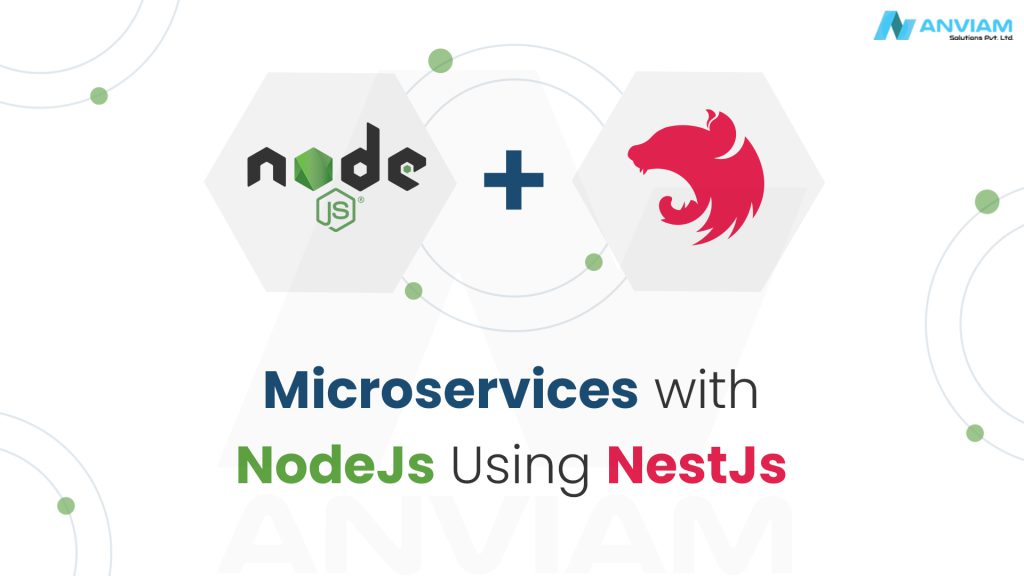
Although microservices may initially look intimidating, they are really simply ordinary apps. It can carry out tasks, watch for requests, connect to databases, and carry out any other actions that a typical API or process would carry out. We refer to them as colloquial not because they are little by nature, but rather because of how we utilize them.
In this post, we’ll create a microservice using NestJS, a well-liked Node.js framework, to demystify the construction and use of microservices for Node.js developers.
What is NestJS?
NestJS is a Node.JS framework based on ExpressJS, but that’s not all. In fact, NestJS provides everything you need to easily build microservices.

It is a framework for creating server-side Node.js applications that are effective and scalable. It mixes features of OOP (Object Oriented Programming), FP (Functional Programming), and FRP (Functional Reactive Programming), employs contemporary JavaScript, and is constructed in TypeScript (while keeping compatibility with plain JavaScript).
A powerful Node.js framework called Nest.js is used to create scalable, stable, and effective server-side applications.
Advantages Of Building A Microservice

Decoupled Components
Modules can be upgraded or altered without impacting the functionality of other modules.
Scalability
Since microservices don’t share the same storage space, scaling your application and allocating extra resources to a specific service as necessary is simple.
Faster to Build
You may start working on one module and continue to develop others at the same time by segmenting your program into smaller pieces.
Language and Technology Agnostic
Different frameworks and programming languages can be used for different services if desired. This lowers the barrier to entry as each team only needs to learn one language or framework without knowledge of all the languages and frameworks used by the system.
Reduces Complexity
Instead of having a single monolithic code base that runs everything at once, microservices break a program up into smaller pieces that are simpler to comprehend, maintain, and test.
A microservice in Nest is essentially an application that employs a layer of transport other than HTTP.
Nest supports multiple built-in transport layer implementations called transporters. The task of transmitting messages between several microservice instances falls to transporters. Request-response and event-based communication formats are both natively supported by the majority of transporters. Nest hides the specifics of each transporter’s implementation behind a uniform interface for request/response and event-based communications. This makes it simple to move between transport layers without having your application code be affected. For example, you can take advantage of the particular reliability and performance characteristics of a particular transport layer.
Why NestJs for Microservices?

When building microservices, you can choose from several leading programming languages with robust frameworks. NestJs has many tools for building robust, organized, and testable applications. A highlight is the dependency injection capabilities that the framework brings. As a result, code reuse is encouraged as you may inject one module into another. Note, however, that this dependency injection violates the notion of a clean architecture when modules become dependent on each other.
Consulting
With official support, you can get expert help straight from Nest Core Team at Anviam Solutions. We provide Software Development Solutions with dedicated technical support, migration strategies, advice on best practices (and design decisions), PR reviews, and team augmentation.
